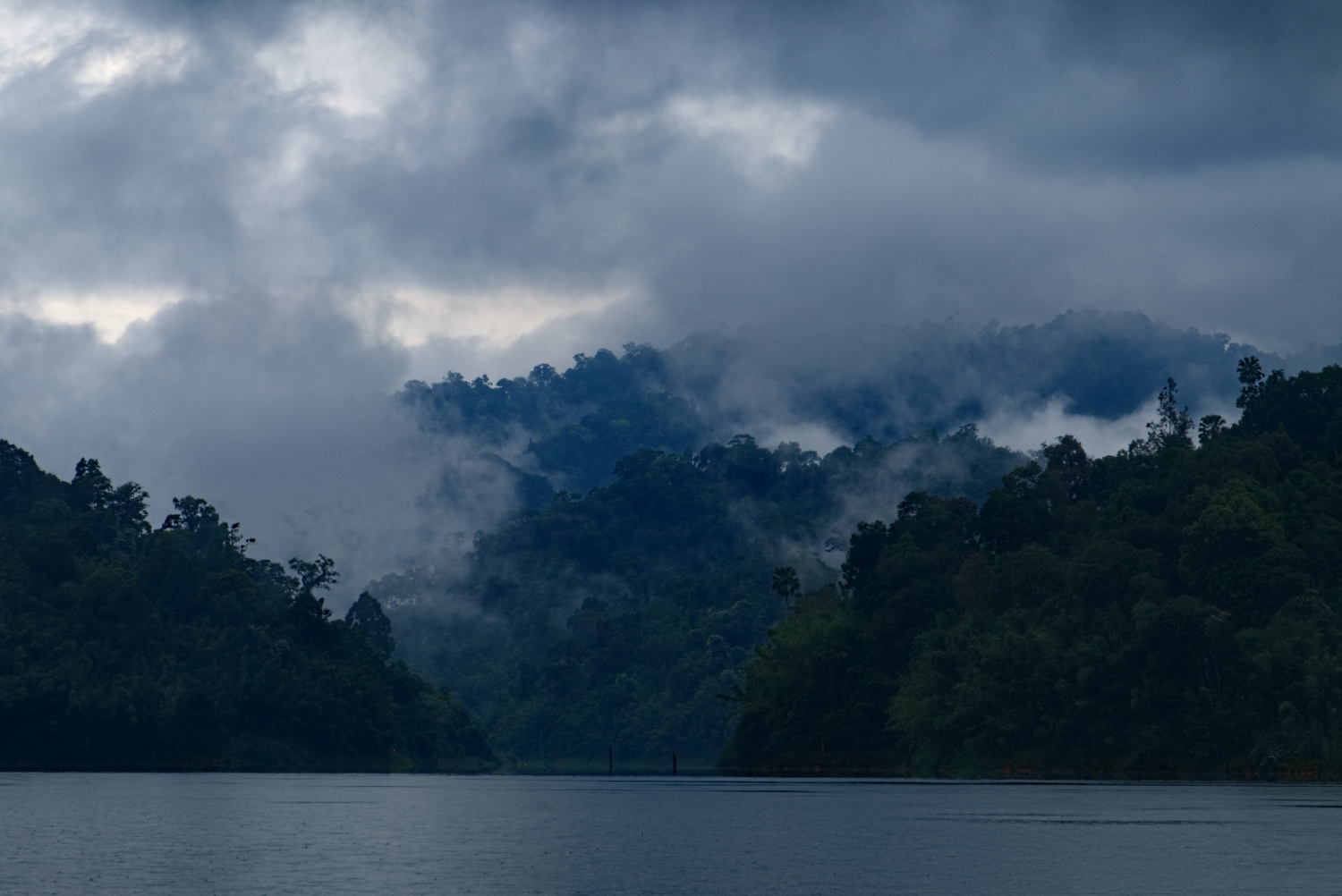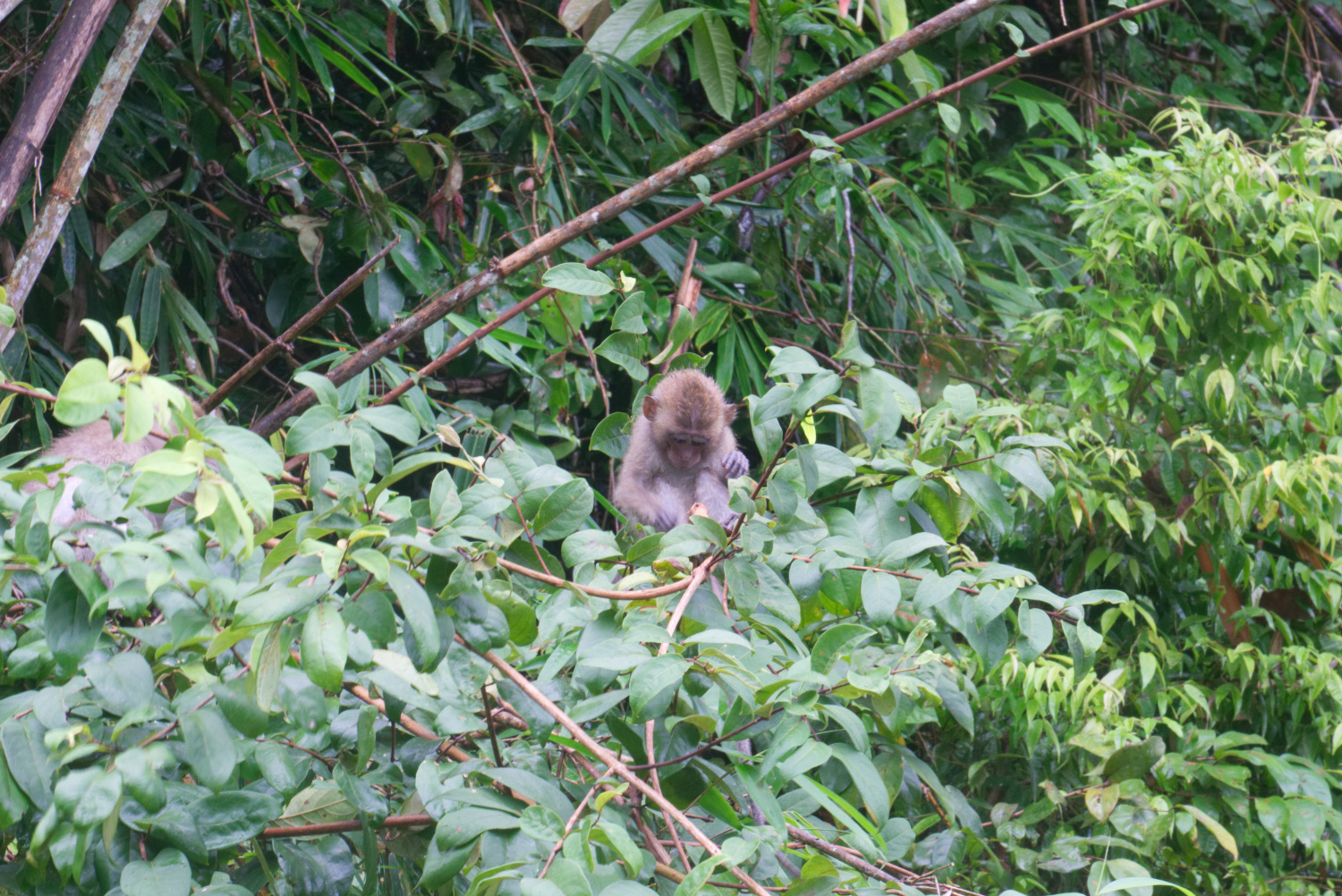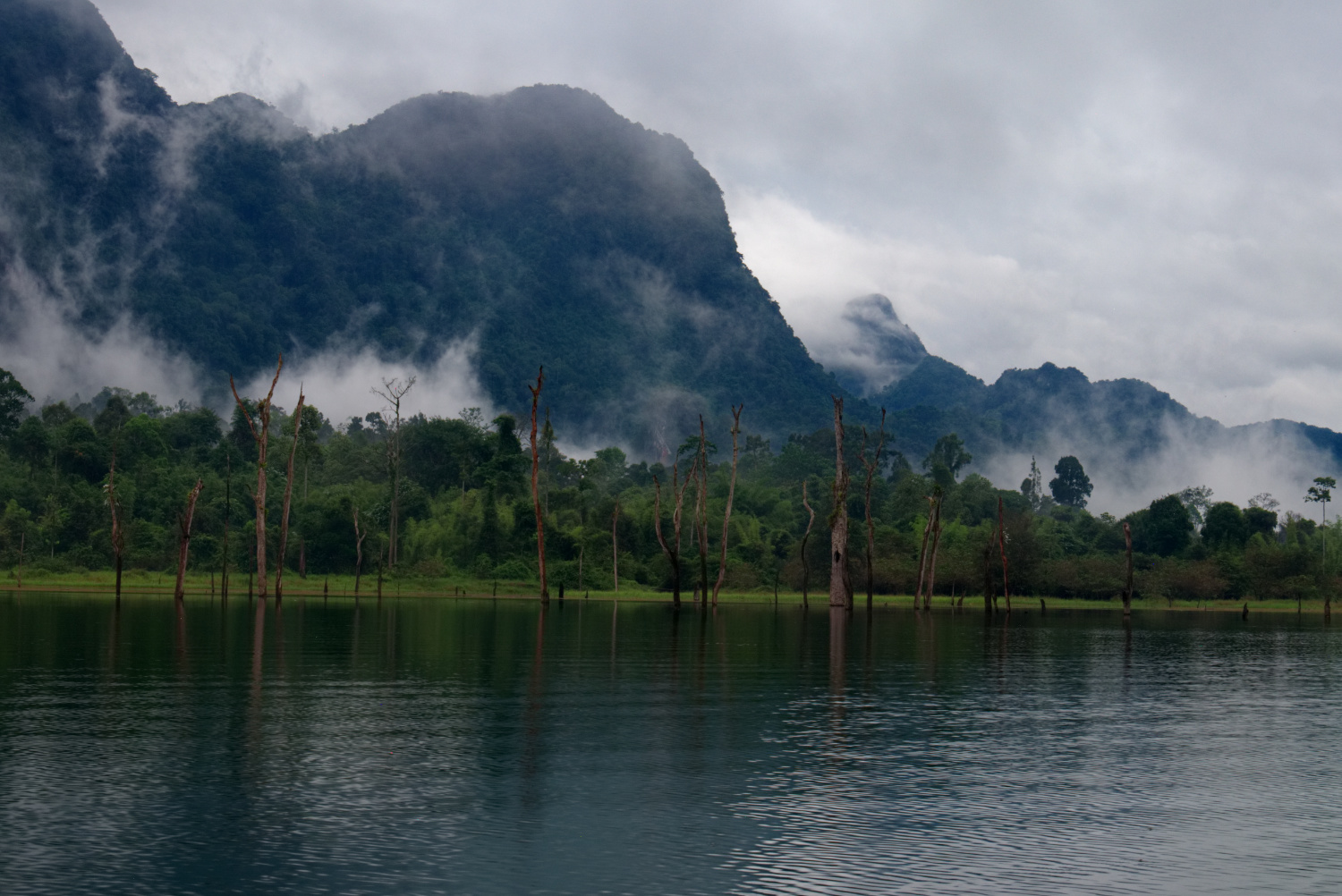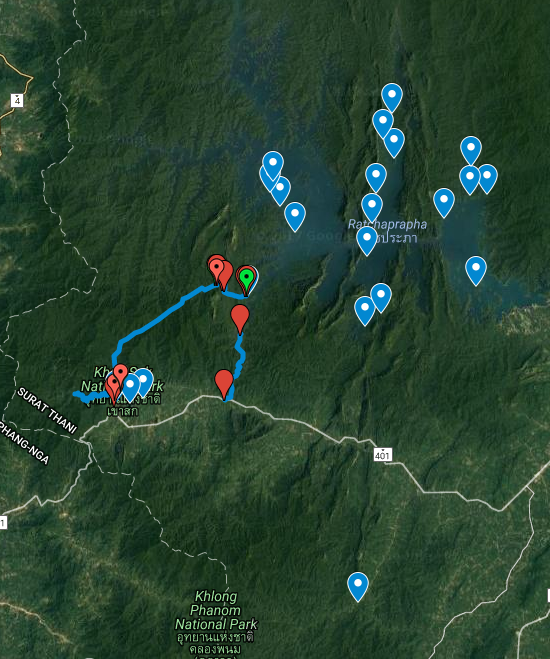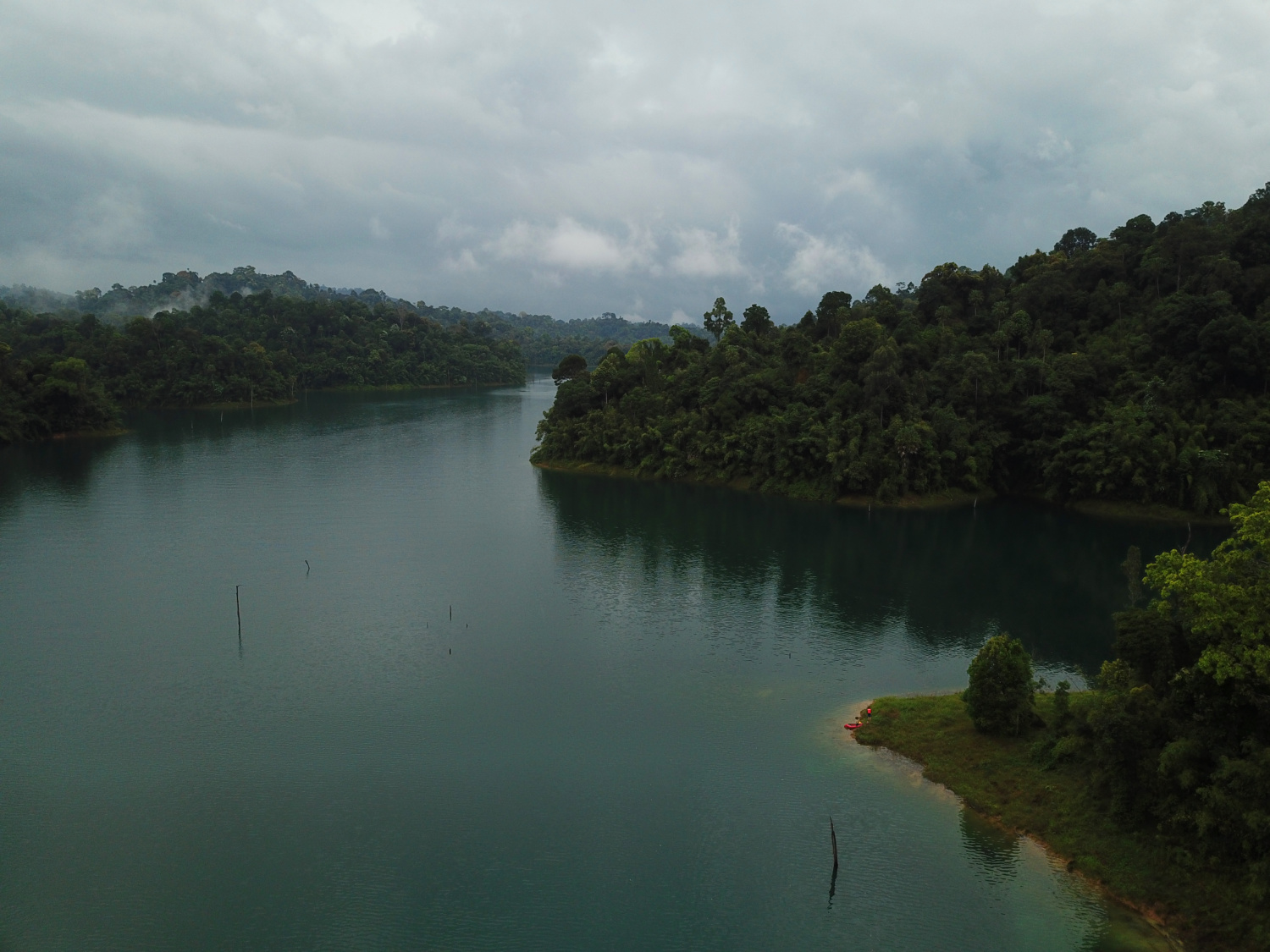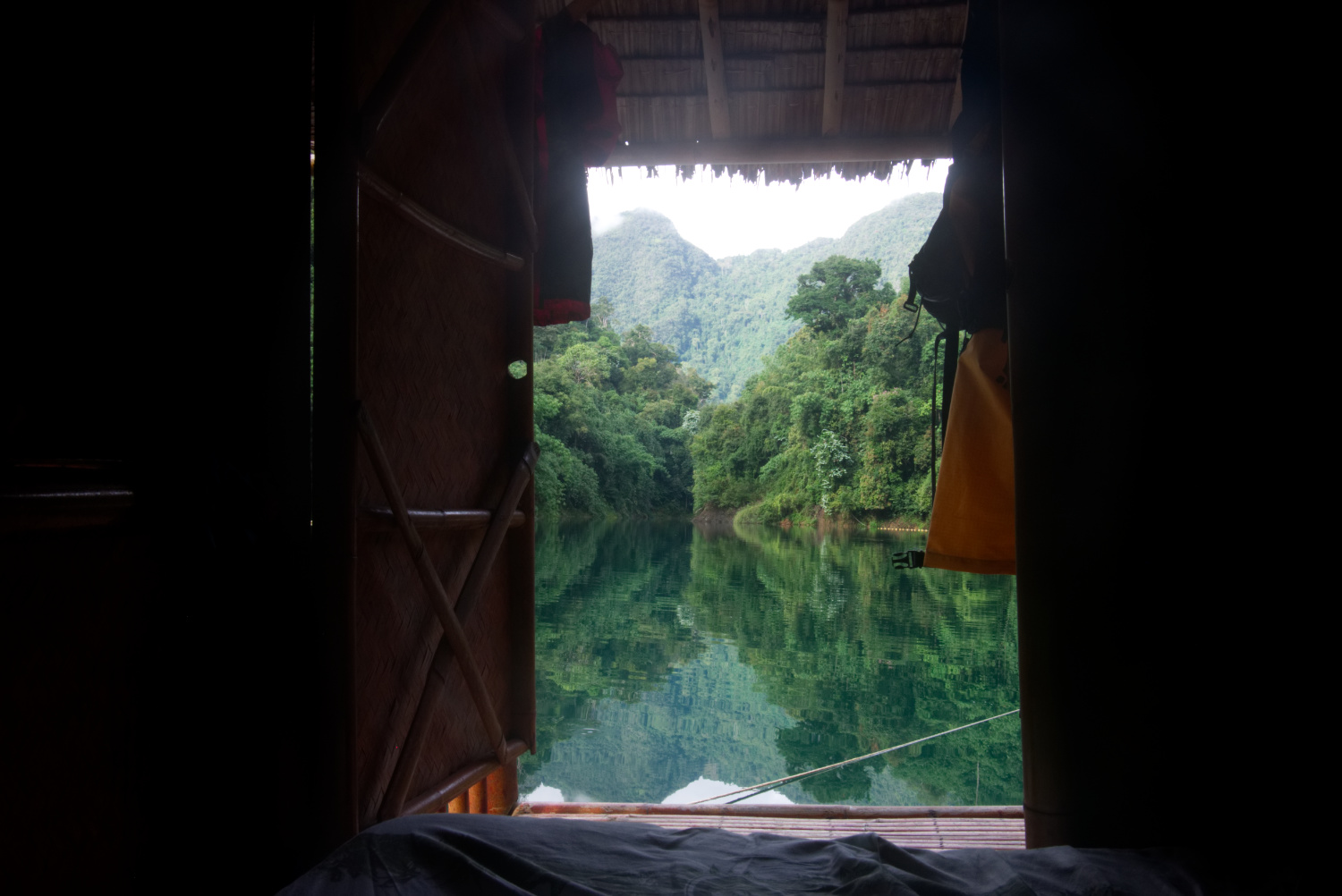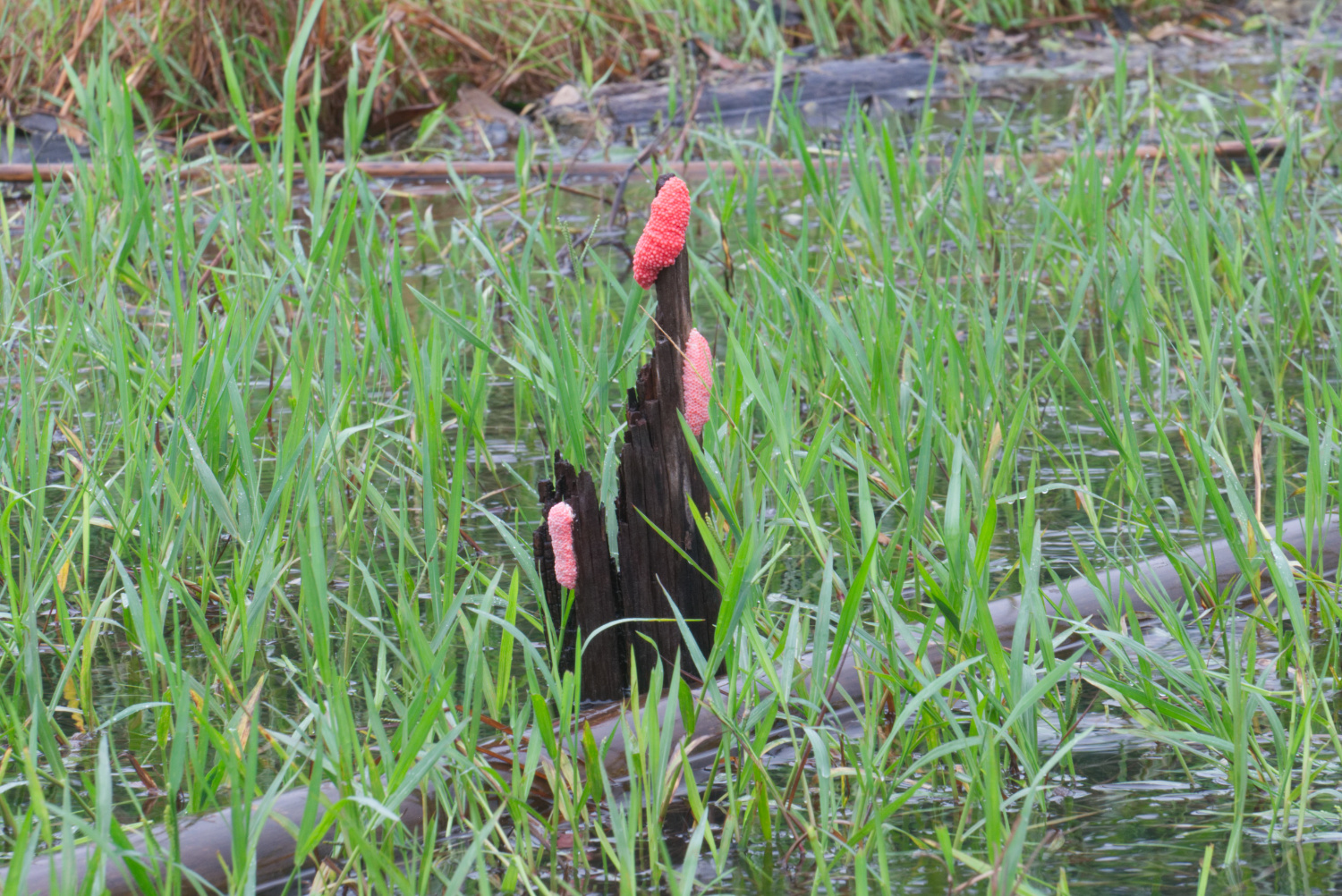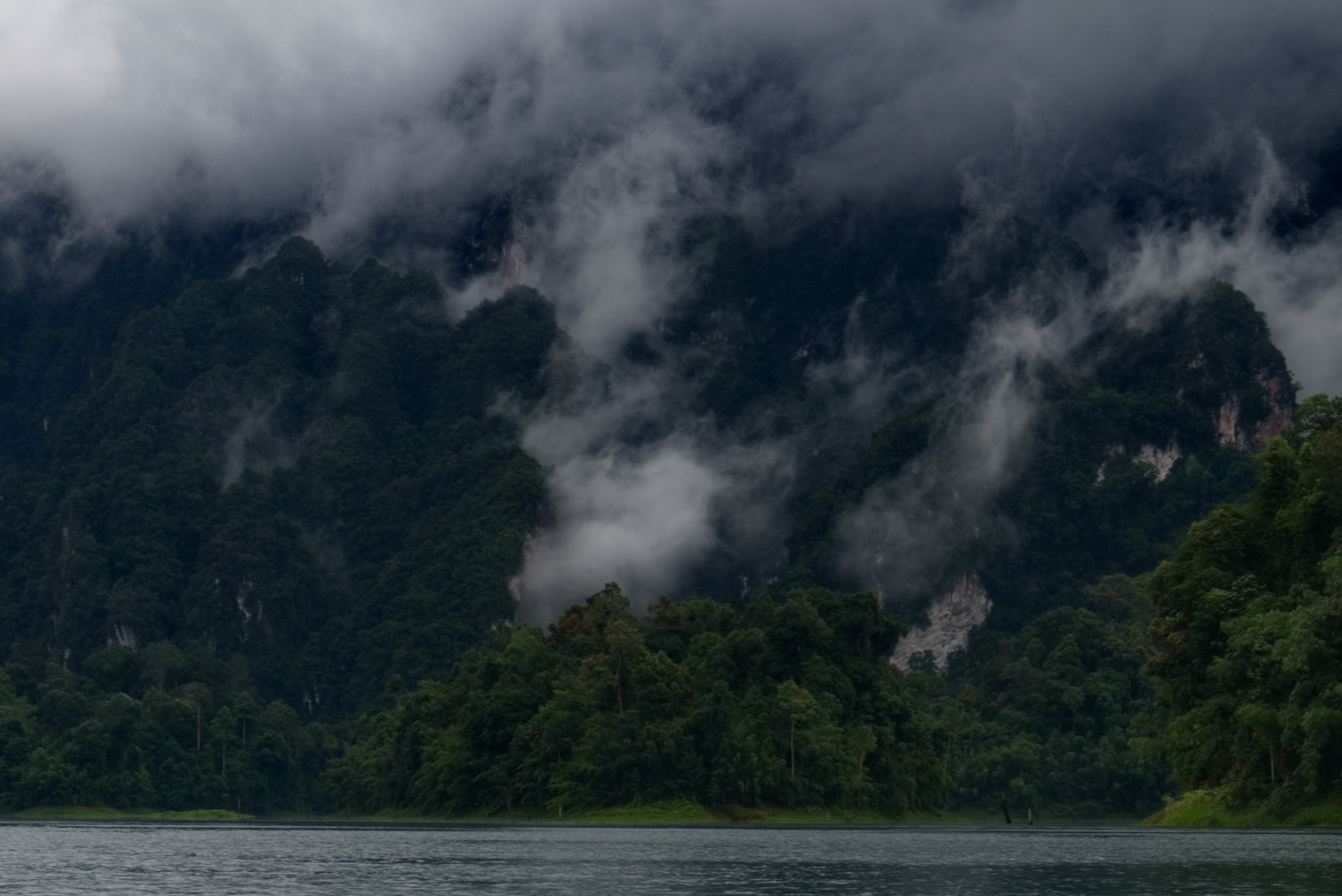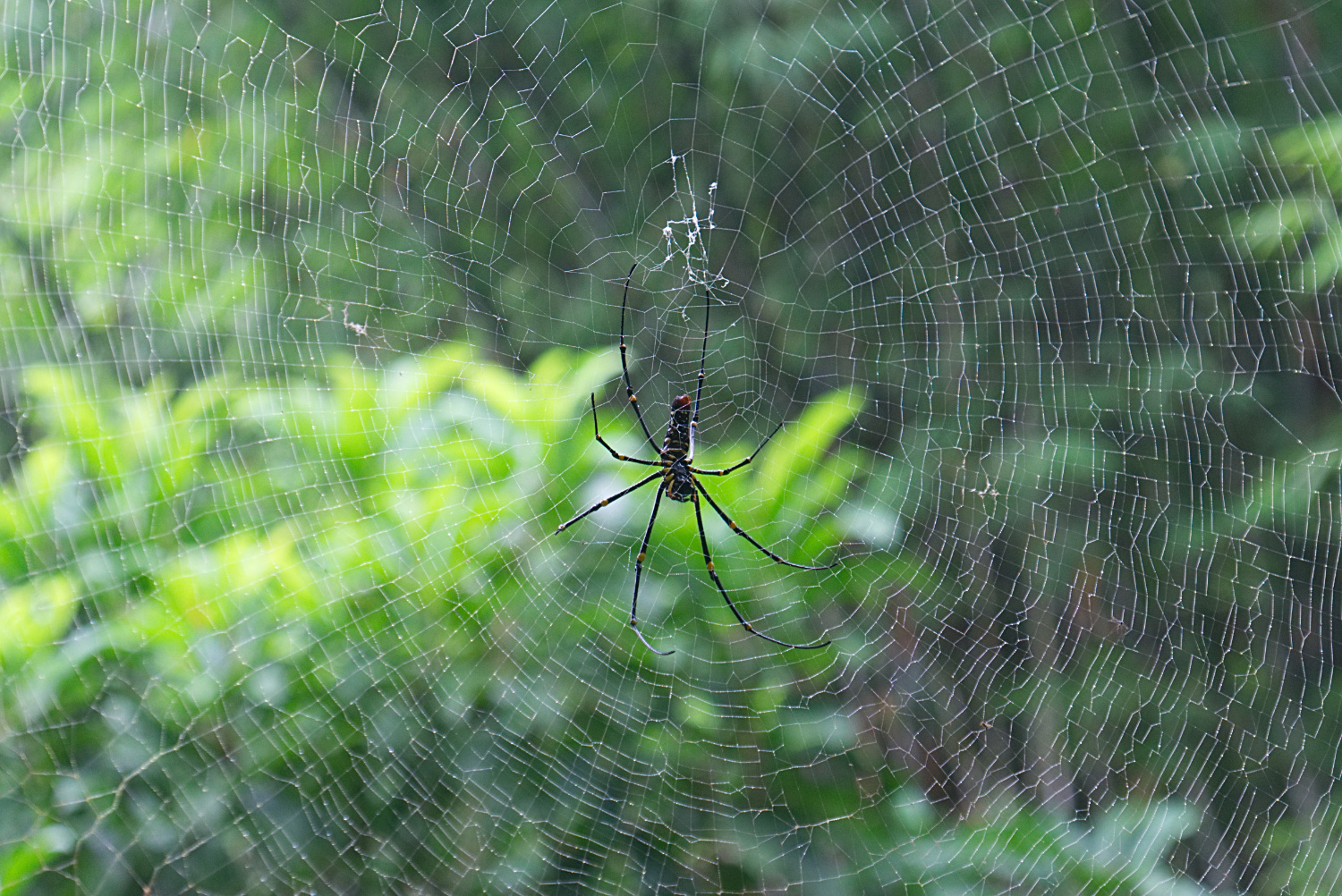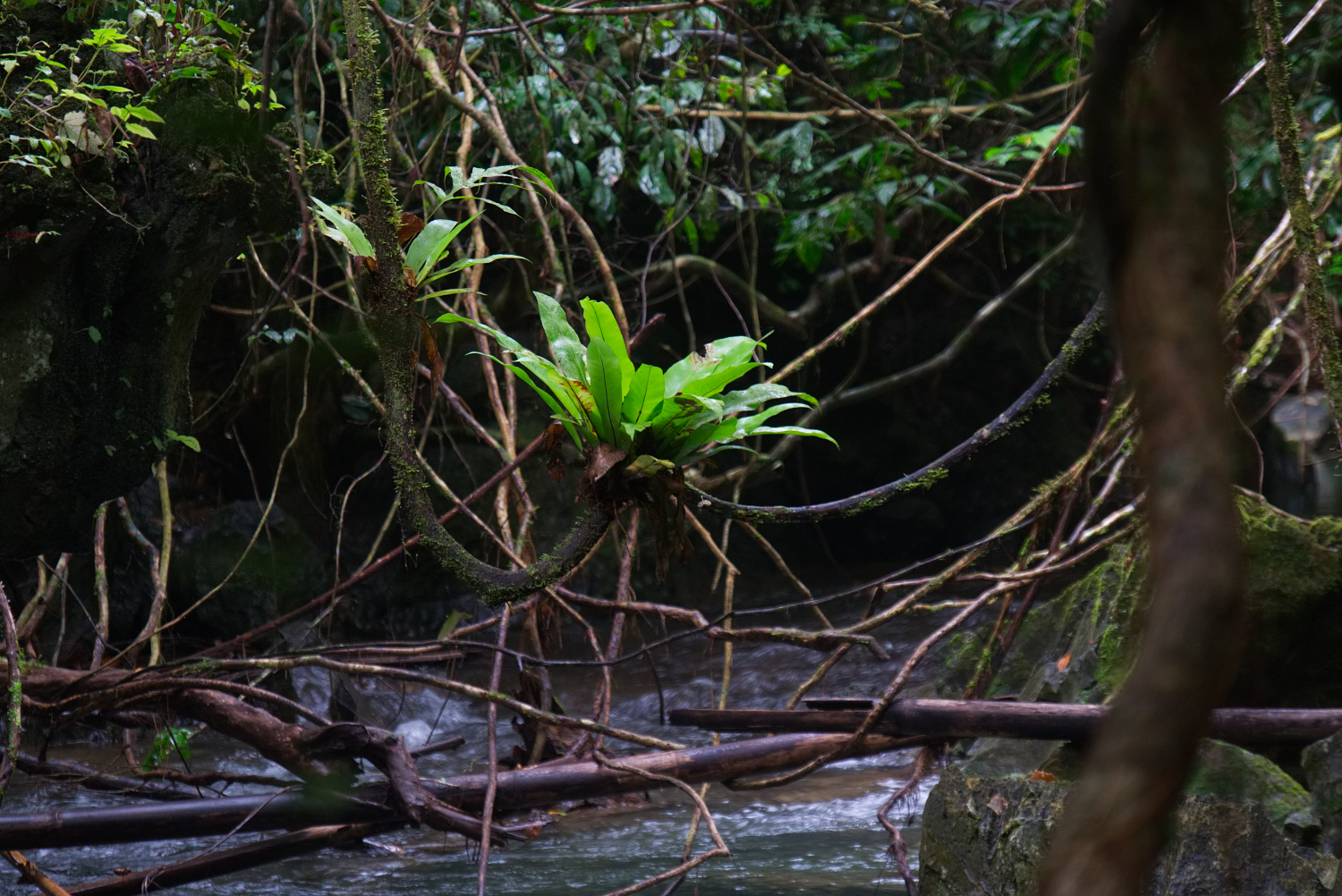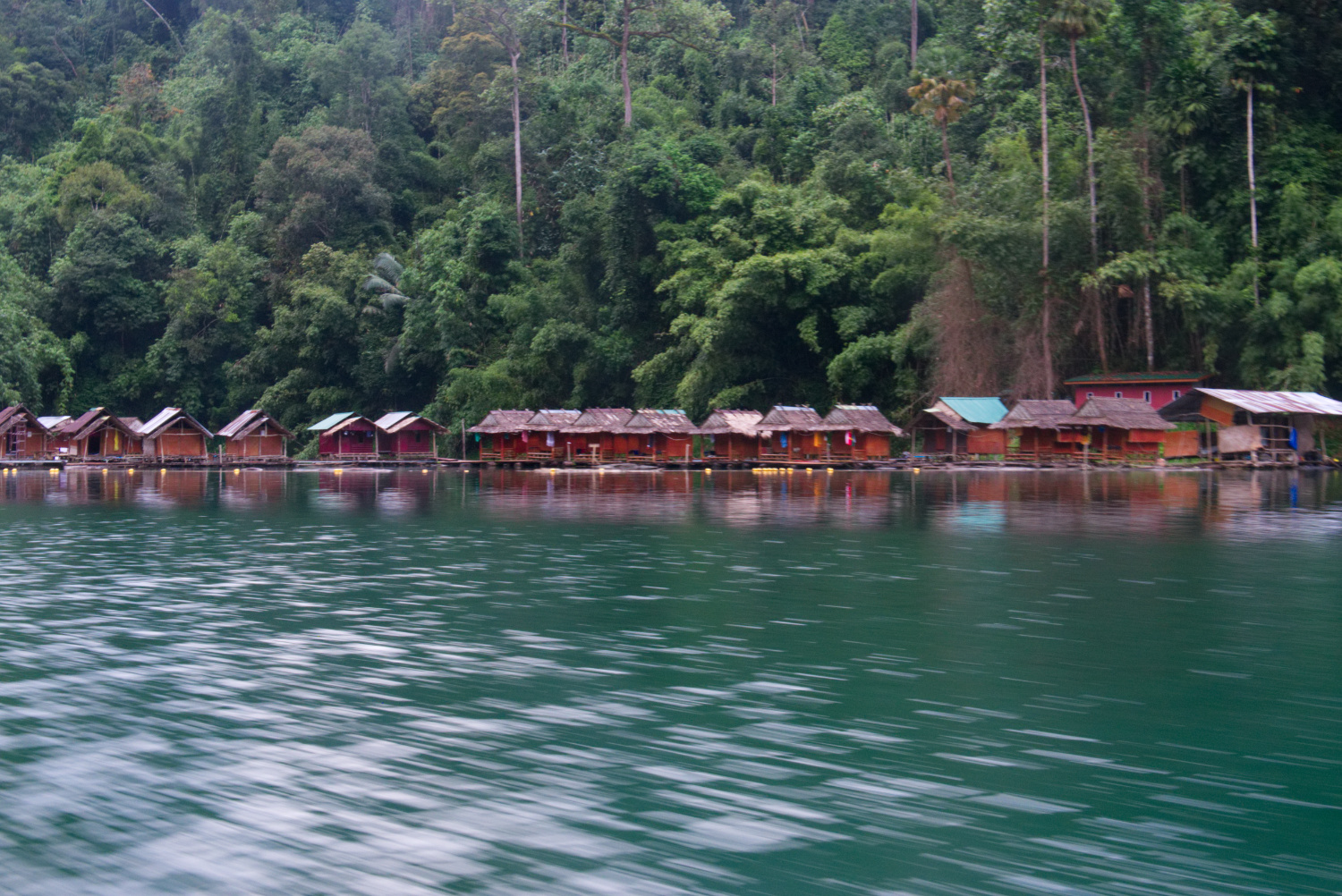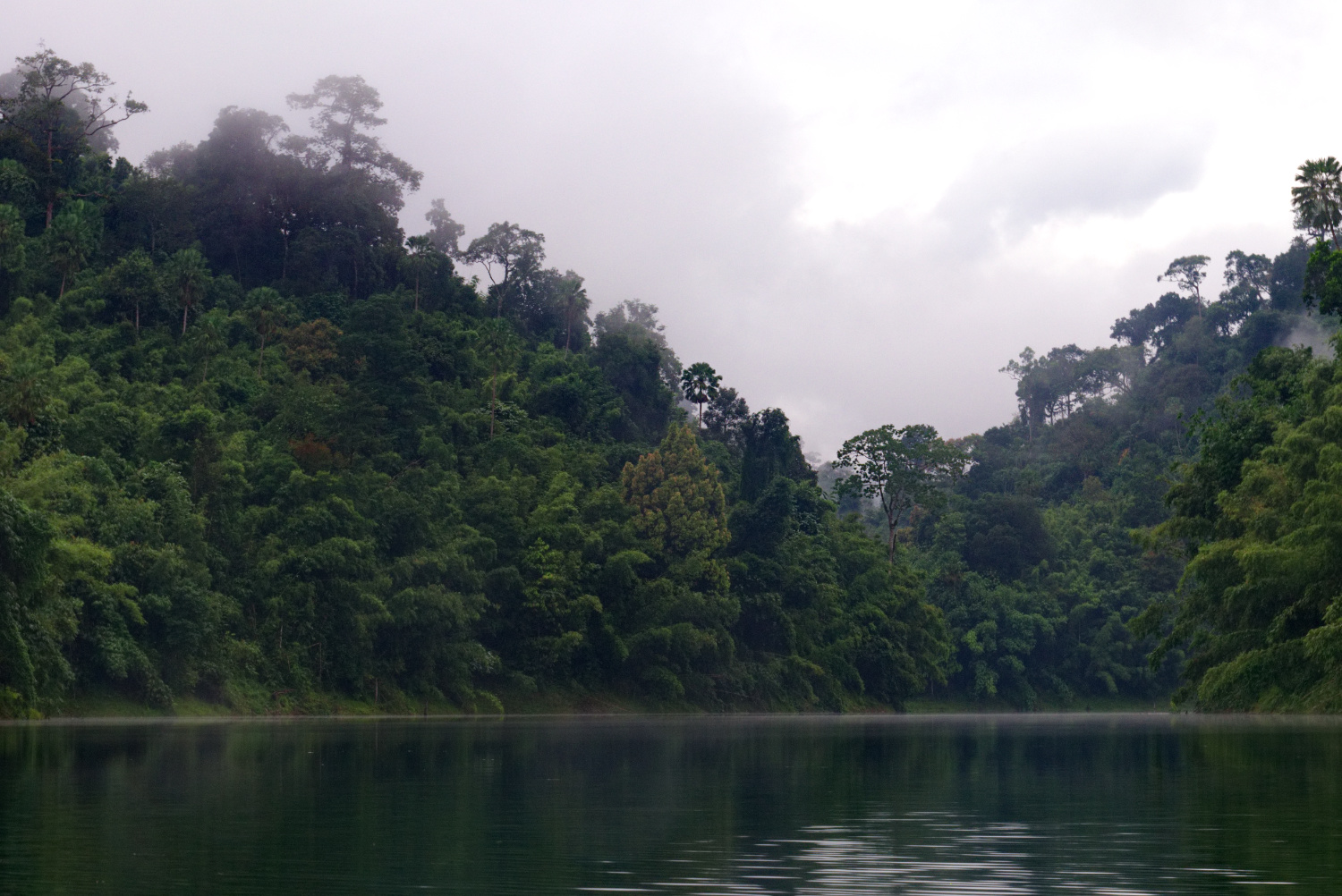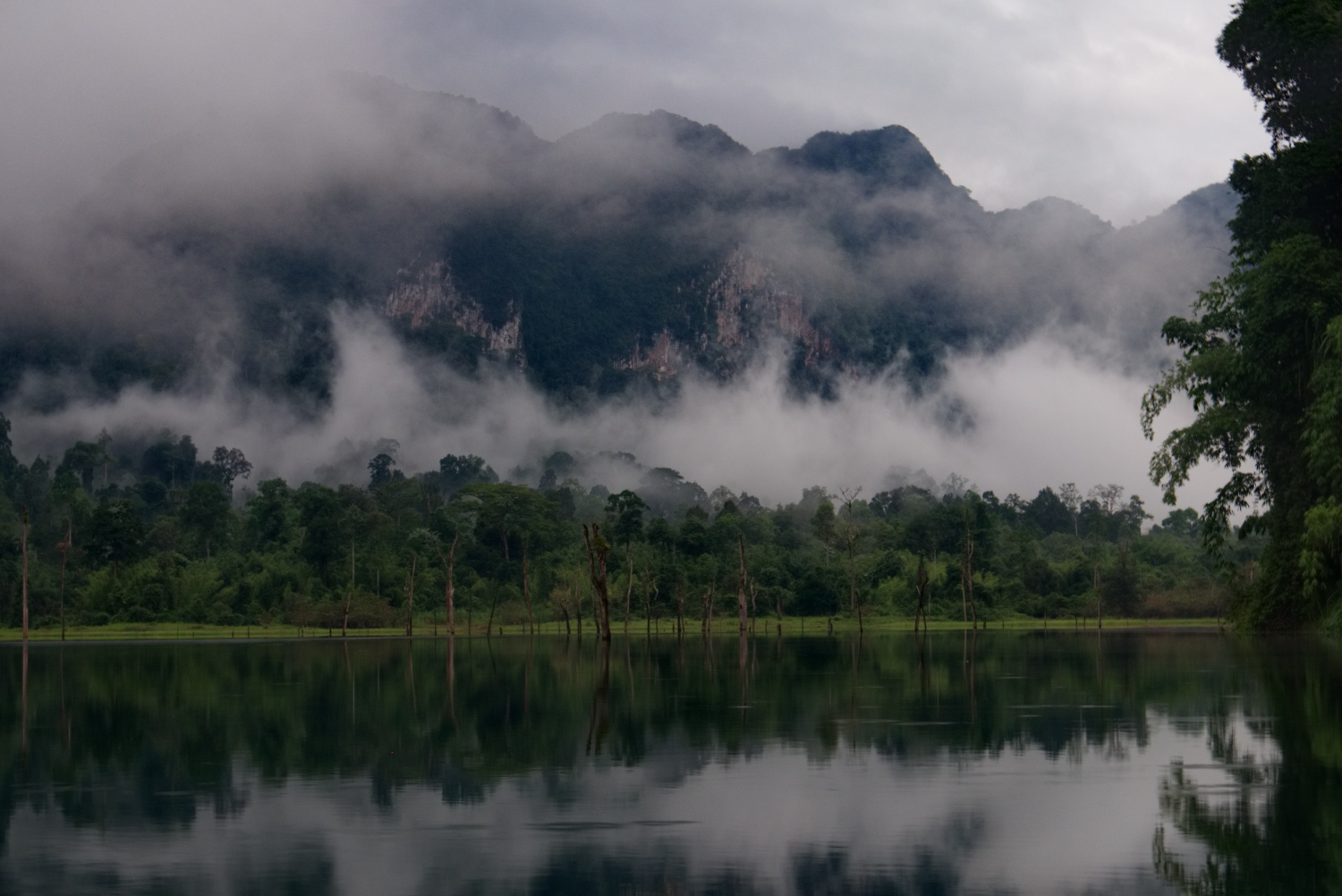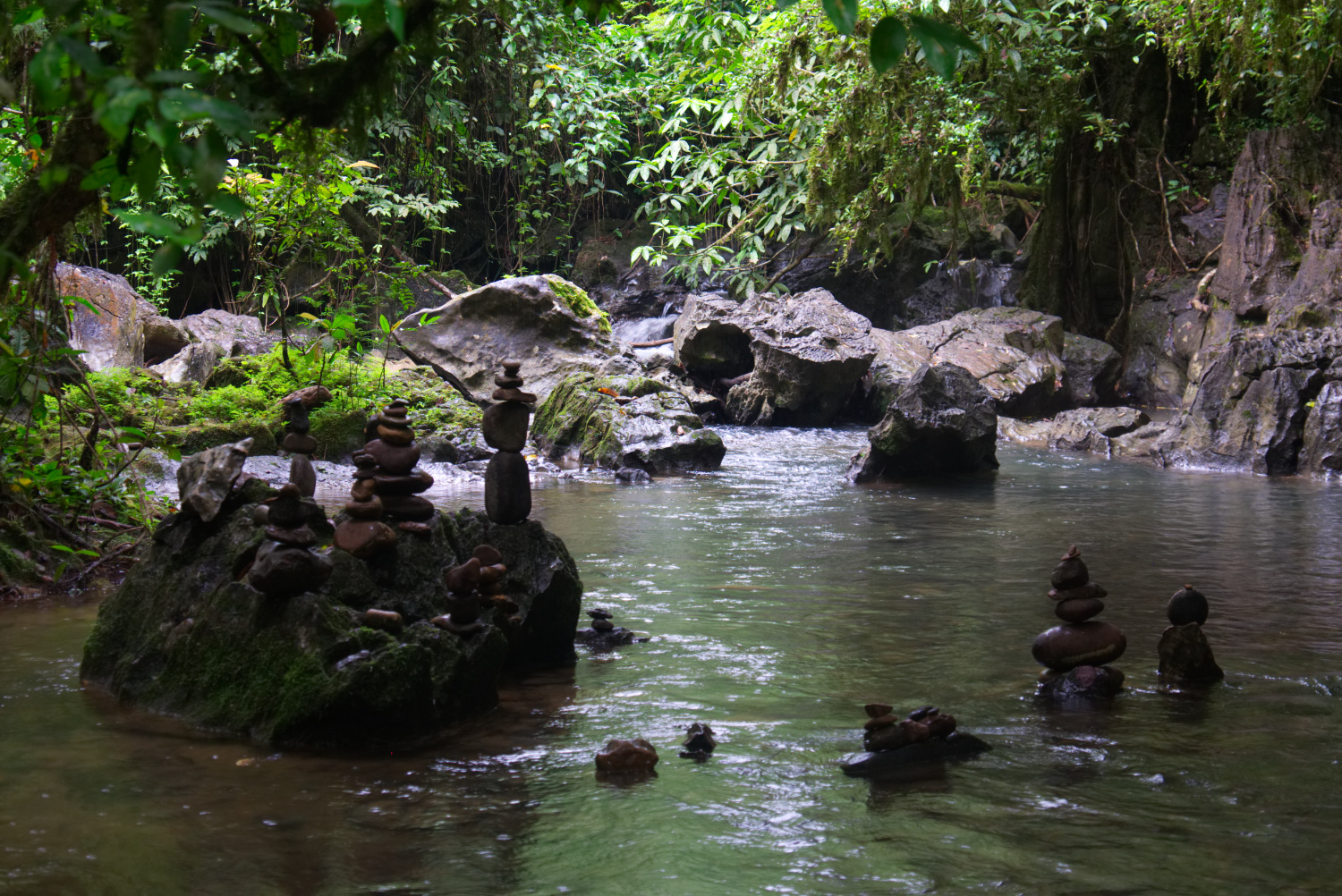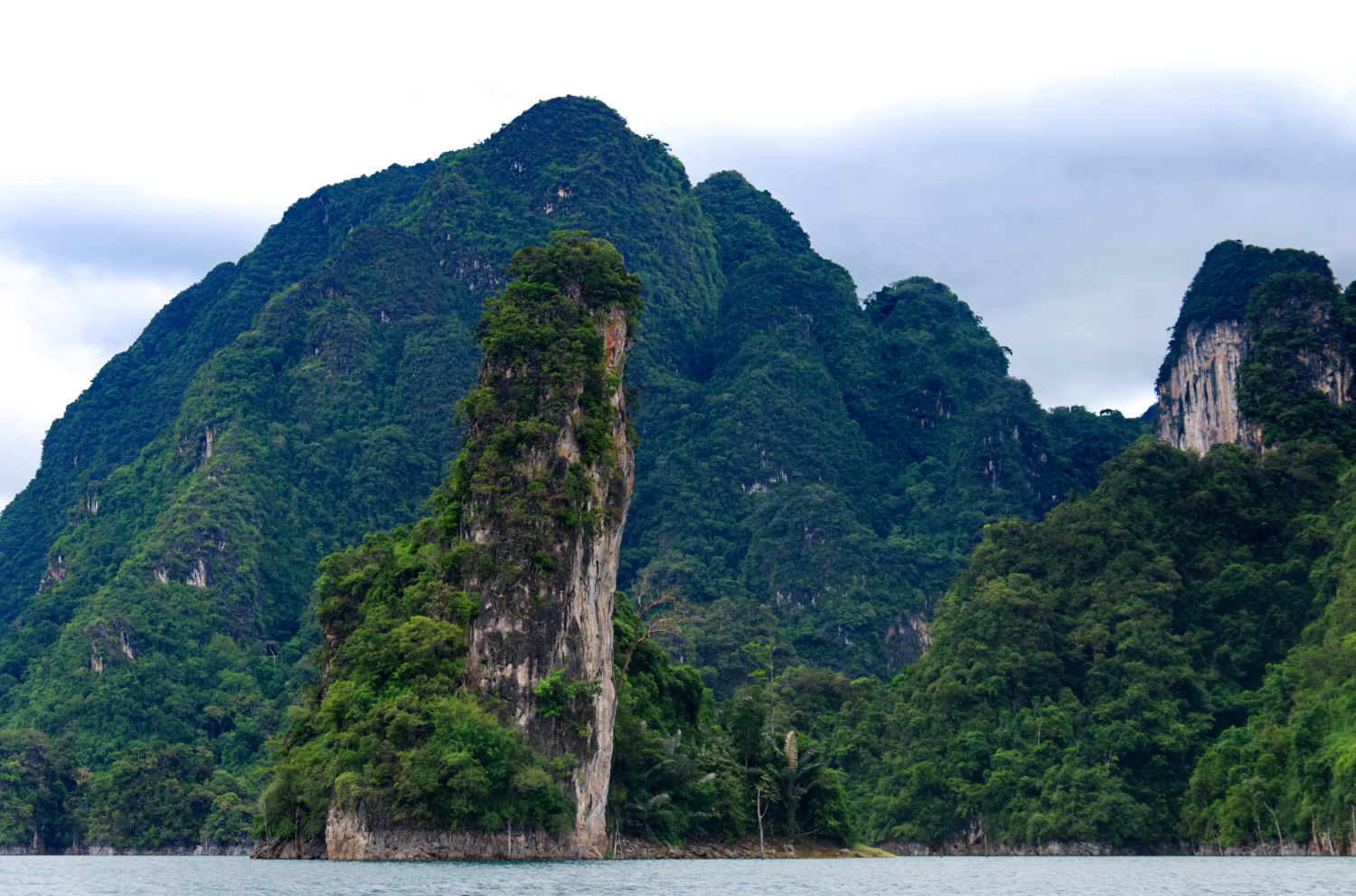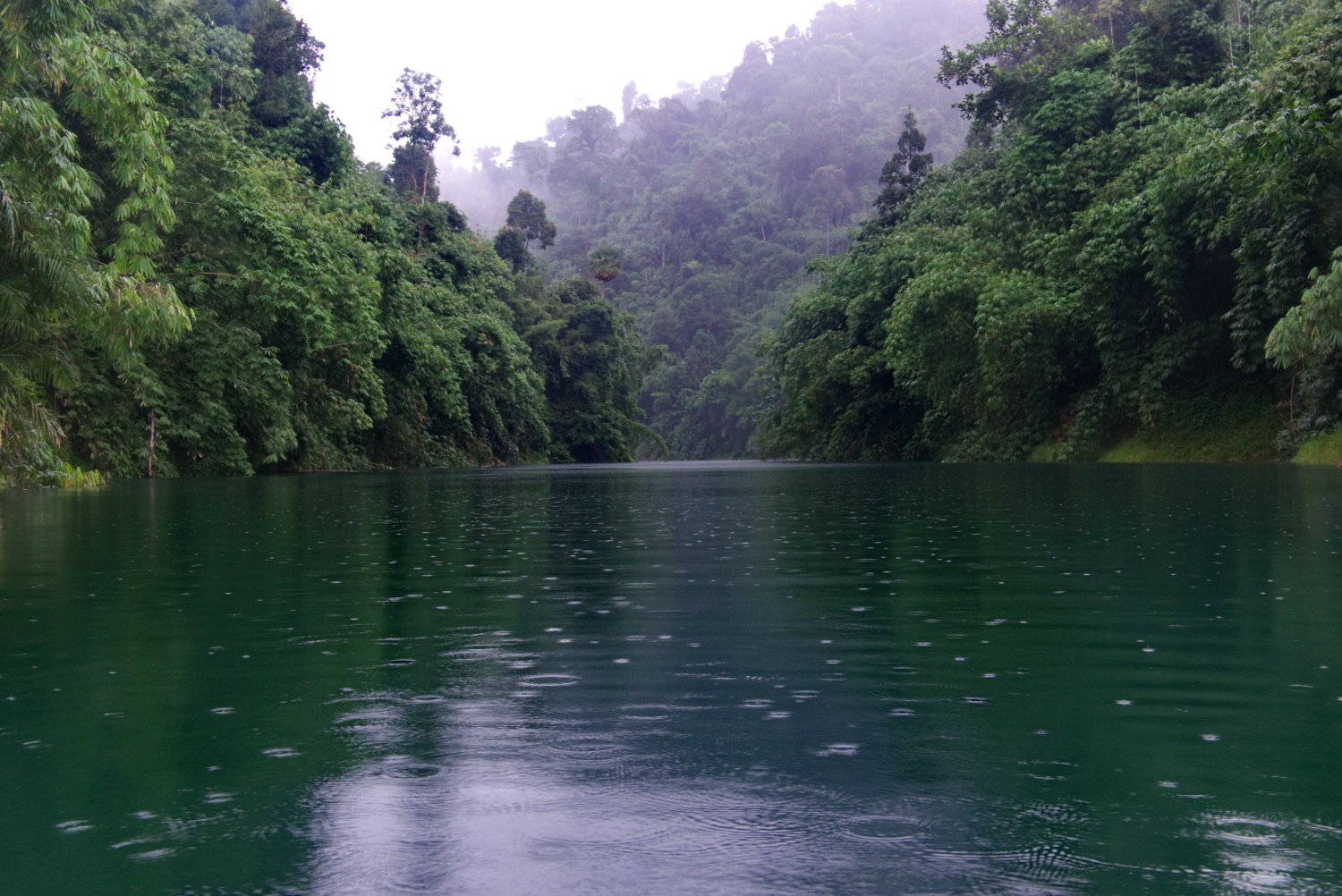The final destination of my few-weeks packrafting trip in Thailand led me to the Cheow Lan Lake which is part of the Khao Sok National Park. Previous destinations of my trip where the Phang Nga Bay and the Sok River which I also visited via packraft. Since packrafting information about Khao Sok are rare / not exist, my intention is to provide some baseline information in this posting.
General Information
The Cheow Lan Lake is an artificial lake created in the last century. Nowadays it’s a national park turning into a tourism hotspot - but compared with the booming Phuket area, it’s still very calm and silent with comparatively few tourists.
The lake has basically one entrance: the dam on the south-east side of the lake which can easily be accessed by car. There are no roads around the lake and only one additional possibility exists to enter the lake (see further information below) by foot (99 KM track)
Rafting on the lake is generally an easy task if you stick close to the shores in the channels & arms. On the open water in the middle of the lake you are potentially exposed to strong winds & higher waves which could heavily influence your pace / safety. Although, I’m not aware of any strong currents that you should consider. One day I paddled 15 kilometers without running into bigger issues - 90% of the time I rafted through calm water.
In regards to food and water, I recommend to bring a water filter in case you want to stay independent. Water can also be bought easily from the floating huts, the same counts for food. In case you intend to filter, use the smaller creeks leading into the lake. On some rafts, in case you enter without registration, buying food will most probably be mandatory. But this depends on the individual hut / scenario.
Depending on the season, it can rain a lot anytime. So leave you drysuit at home and bring drybags - more drybags - since in case something gets wet, the jungle and its humid climate will hardly let you dry it.
I recommend staying overnight on the swimming rafts / huts that are spread over the lake. Some of them are quite remote and you should definitively make a plan for yourself before heading out there. You can take my GPS points available for download below - but do your own research! Don’t camp in the jungle since this is a national park and you could run into issues with rangers in case you get caught. So engaging with them beforehand is definitively recommended.
Additionally, in case you have an approval for camping, bring a hammock since you will hardly find good camping spots (see risks). Hammocks can easily be used between two trees even over the water.
Risks
- Tough to Land
You are surrounded by jungle and therefore it’s tough / partly impossible to enter the shores, pitch a tent etc. Keep this in mind in case you intend to do overnight trips - watch out for beaches where you can land beforehand and bring a hammock instead of a tent. - Getting Lost
Depending on where you go on the lake there is a possibility to get lost in the smaller arms. Bring a GPS with points of the huts beforehand. There is frequent traffic on the main tourist routes where longtail boats bring tourists in and out, however, away from these main routes there are hardly people you will meet.
- Omit Open Water - Stay close to the Shore
See further information in the general information section above. - Bring a Plan B
In case you encounter issues with your raft you need to get back to the main traffic routes where the longboats travel - there are places where hardly someone will come by outside of the main traffic routes / attraction routes. Additionally, you won’t be able to escape out of the jungle in case your raft breaks down. Water is the way you get in and is the way to get out. - Wildlife
This is a wildlife resort - you can find all kinds of snakes, monkeys, spiders, elephants and even tigers there. Most of the time you will need to work hard in order to see any of them but make sure you keep in mind that this is a jungle with animals that could potentially hurt you and act accordingly. - Caves
Be careful when entering caves - also with guides. Inform yourself about the corresponding risks and don’t trust guides 100%. I recommend the following book (“Waterfalls & Gibbon Calls Exploring Khao Sok National Park”) in order to get a better understanding of Khao Sok in general. It’s available in english and also contains the following warning page about the Namtaloo Cave.
Routes
The map above contains some GPS points that I used during my trip and also some additional ideas of potential trips / routes etc. You can download the KML file here (unzip the zip file first). Use at your own risk!
Generally, jumping from raft to raft on the lake via packraft should be possible and you can easily spend 1-2 weeks on the lake without repeating routes.
99 KM Trail
I want to specifically mention the “99 Km Trail” which leads from the 401 road through the jungle to one of the arms of the lake in the south. It’s the only direct connection to the lake - besides the official entrance at the dam. There is one report from 2015 where people walked it easily in 3 hours. There is also an entry on alltrails.com which I included into my KML file linked above.
I had strong intentions to do the trail on my own and to continue my trip via packraft as soon as I reach the lake. However, I got told by some rangers & locals that it’s not recommended to do it without a ranger (not guide - you need a ranger) due to some wild elephant attacks that happened on this trail. It leads obviously through the area of wild elephants and one mother protected its child in the past by killing a local.
So theoretically it’s possible but I recommend to check locally what’s the status regarding this trail.
Additionally, I heard people telling me that a machete is recommended since the trail is not used anymore and most probably heavily overgrown. I rafted down to the very south end of the arm where the 99 km track leads to the lake and the whole area was completely covered by water and swamp. So it could be complicated on the last meters before you reach the lake.
However, in case you reach the lake successfully, it’s solely 3 km to the first floating huts where you can spend the night. I probably don’t have to mention that the nature down there is amazing and the huge amount of leeches are obviously a sign for nature being intact.
